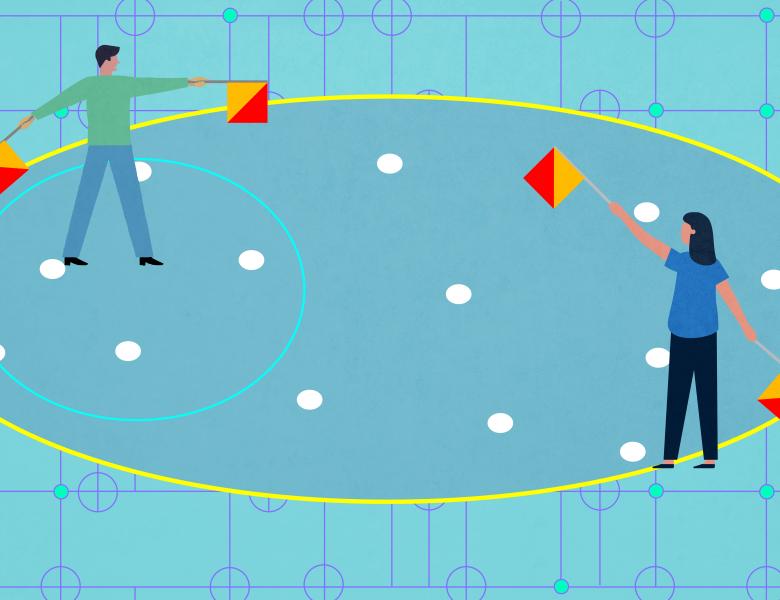
Abstract
It is common knowledge that a time-domain pulse is well adapted to pure delay channels, and that a frequency domain pulse is well adapted to pure Doppler channels. In this talk we will explain why the Zak-OTFS waveform, a pulse in the delay-Doppler domain, is well adapted to the doubly spread channels that arise in wireless communication. We will describe how to design the Zak-OTFS waveform so that the input-output (IO) relation is predictable and non-fading, and we will explain how it is possible to learn the IO relation without needing to estimate the underlying channel. We will explore the possibility of a model-free mode of operation, which is especially useful when a traditional model-dependent mode of operation (reliant on channel estimation) is out of reach. We will also describe how the Zak-OTFS waveform supports combined communication and sensing by enabling unambiguous delay-Doppler estimation. This is joint work with Saif Mohammed, Ananthanarayanan Chockalingam, and Ronny Hadani.


